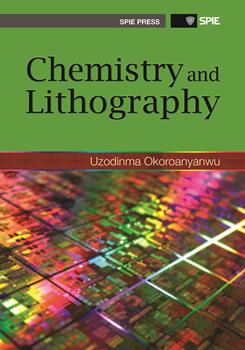|
From the time of Senefelder to the present time, lithography has undergone major evolutions, but overall, its basic principle remains intact. It remains a planographic printing process in which the image and nonimage areas are on the same plane of the printing substrate.1 Just as in Senefelder's time, today, the contrast between the image and nonimage areas depends on the interfacial tension of oily inks and water-retaining surfaces. This is in fact the very same principle that governs the immiscibility of oil and water-hydrophobic-hydrophilic interactions between the image and nonimage areas. The inks (or resist) are naturally hydrophobic and can be made resistant to the action of etchants when dry. Lithography has evolved into a broad family of techniques that are distinctly different in many respects, yet share similar attributes as to their ultimate goal - a method to transfer information from one substrate to another with a high degree of fidelity and throughput relative to other comparable printing techniques. Senefelder's original direct stone plate lithography of the late eighteenth century evolved into offset lithography in the nineteenth century and is now what is primarily used in the printing industry. Offset lithography in turn evolved into semiconductor lithography in the twentieth century, where it is now used in the fabrication of integrated circuits. Another notable evolution in lithography relates to the manner in which the image is created. While Senefelder drew his image by hand, using ink pencils, today, this mode of lithographic printing is practiced only by fine art lithographers. Most lithographic images today are done through radiation-induced chemical reactions on appropriate sensitive substrates, using photons, electrons, ions, and even atoms. |
|
|


